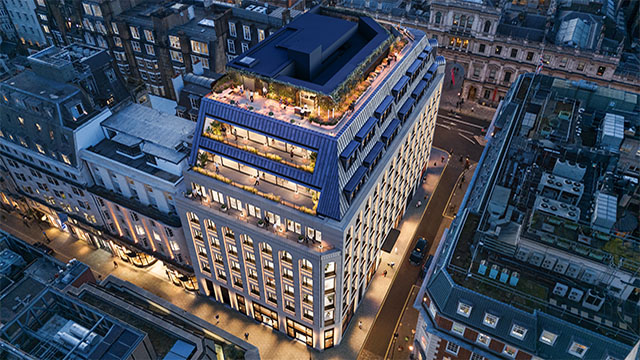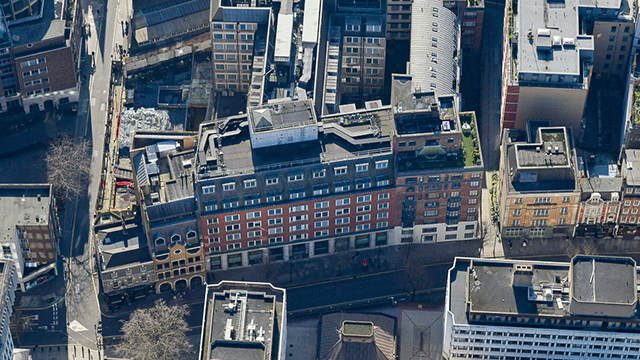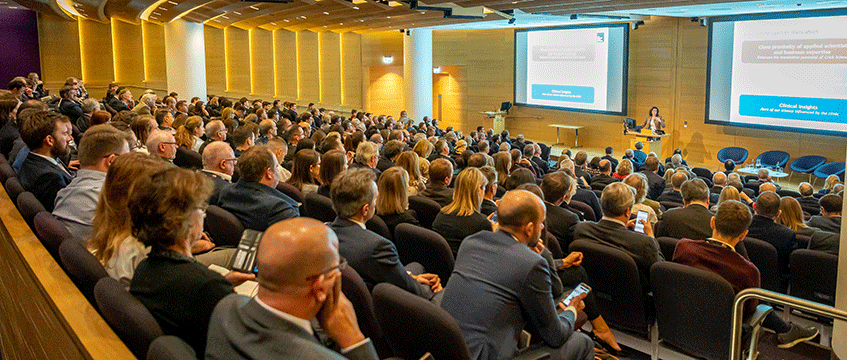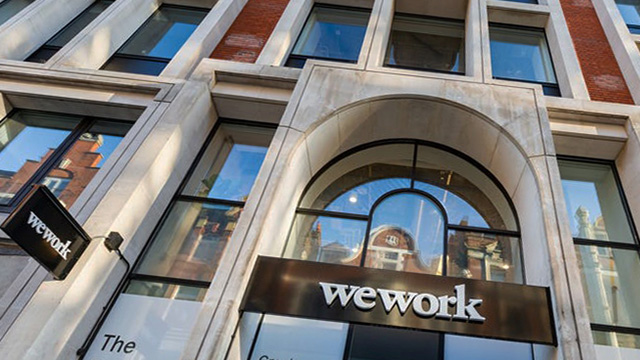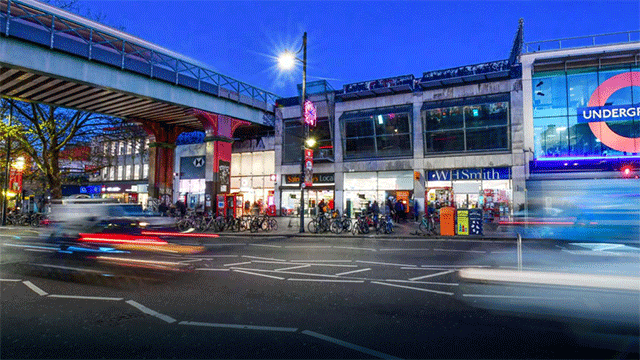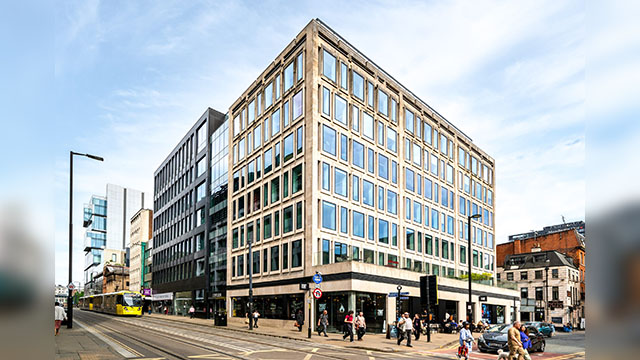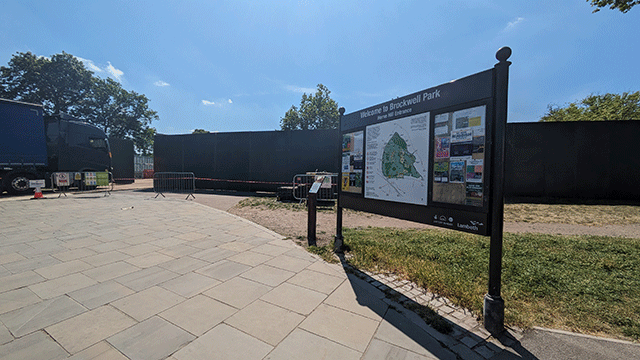More than a year ago, Robert Jenrick hailed the corridor between Oxford and Cambridge as “one of the greatest opportunities for economic growth in Europe”.
But since then, these words from the recently appointed secretary of state for housing appear somewhat hollow, as the development of what is now known as the Oxford-Cambridge Arc has been slower than anticipated.
Indeed, plans including the creation of five new towns in the South East could yet fail over a lack of vision, argued panellists at EG’s Oxford-Cambridge Arc – One Year On event, held at the Francis Crick Institute in London’s King’s Cross, NW1.
The delayed Autumn Budget has exacerbated a sense of frustration for some. What could have been a pivotal moment for the arc has instead been put on the backburner, with the government distracted with the upcoming General Election and ongoing Brexit uncertainty.
A newly elected government could spur things on, said Bill Hughes, head of real assets at Legal & General Investment Management.
“I would be banging on the doors of Whitehall after 12 December,” Hughes said. “[I’d be] saying: ‘Given our greater need to be successful, independent, and to drive our own destiny more outside of Europe, if that’s what happens, it’s the right time to have a conversation about the arc.’”
Big vision
The arc – or “brain belt” – covers 22 council districts. With its positioning as a regional hub for life sciences and artificial intelligence businesses, it is a prospective major driver for growth in the UK.
But the sheer number of stakeholders involved makes developing the corridor particularly challenging, Hughes added. “Getting lots of people together to make this happen is tough. Projects in single cities with one local authority are a lot easier. I rarely say the lead should come from central government but in this case it is necessary.
“The problem is if you wait for central government to do something, you could be a long time waiting. So having some of it built up from the local area is also critical. That’s something you can control. Ideally, you want both.”
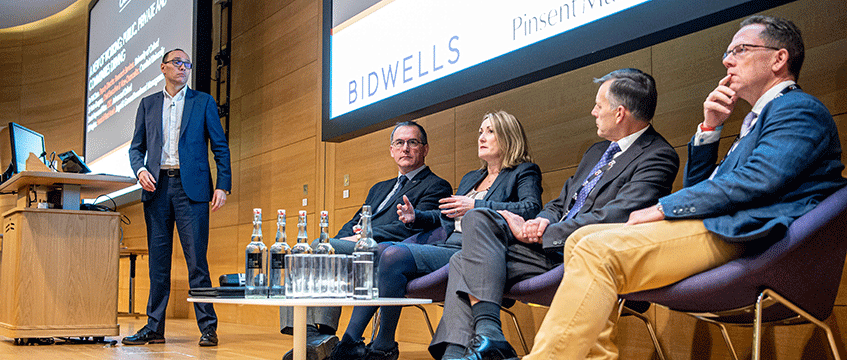
Robbie Owen, head of infrastructure planning and government affairs at law firm Pinsent Masons, added: “There is a key role for central government here to take the lead on infrastructure. There is a real need for a national policy statement for the arc. Without a policy supporting this, it will be hard to take it forward.”
The government has so far pledged to create an Expressway dual carriageway from Oxford to Cambridge, as well as an east-west rail link. The UK National Infrastructure Commission has said the central section of that railway, between Bicester and Bedford, will require £1bn upfront from the government. It has also agreed a housing and growth deal for Oxfordshire to support the delivery of 100,000 homes by 2031.
Ahmed Goga, director of strategy and programmes at the Oxfordshire Local Enterprise Partnership, said “some very important foundations have been laid” over the past year.
He added: “Some of you have been following this trail for a while and must be wondering what is going on. A substantial amount of work has been achieved over the past 12 months and it is important to recognise this.”
Goga highlighted that four local industrial strategies have been published, while 10 universities based along the arc have come together to form the Arc Universities Group and four local enterprise partnerships have come together to create an economic vision for the area. “The next stage is delivery and starting to see things happen,” he said.
But Alister Kratt, director at LDA Design, warned the vision must be about “so much more than road and rail”. He said: “The arc needs a big vision to ensure its full potential is realised. We need to prioritise quality of life, green infrastructure and better health.”
Natural capital
The need to ensure that the arc can be a poster child for environmental net gain was picked up on by several other speakers at the event.
Dieter Helm, professor of economic policy at the University of Oxford, said as things stand, the arc makes the environmental impact of a third runway at Heathrow Airport “look pretty trivial”.
In his keynote speech, Helm argued the scale of the project means that developers must plan for our natural capital in the same way as they plan for other strategic infrastructure.
“As a baseline, we need to work out which assets are liabilities and what natural capital already exists,” he said. “Development will do a lot of damage, from the carbon consumption of new houses and occupants to biodiversity loss. We need to show there’s an environmental gain; it has to be more than the damage.”
Roland Bull, head of rural investment at Bidwells, also emphasised the need to make the project sustainable. “The importance of biodiversity does not often come to the fore,” he said. “We have seen substantial biodiversity net losses on many regeneration projects.”
While the future of the arc remains unclear, what is certain is that it represents a huge opportunity for the property sector. From delivering much-needed housing, to bringing together innovative businesses and creating a sustainable project that gives back to the environment more than it takes away. With the election looming, the question remains – will the next government give the project the attention it badly needs?
To send feedback, e-mail anna.ward@egi.co.uk or tweet @annaroxelana or @estatesgazette




